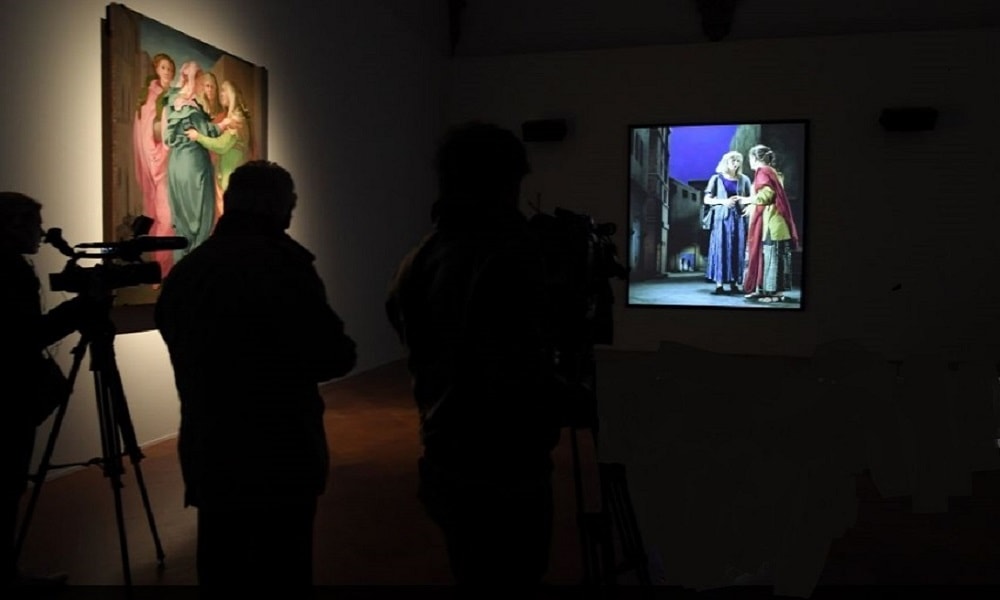Electric Renaissance
M.A. in Political Science, European Union Policy Studies
A recent exhibit at Florence’s Palazzo Strozzi features the work of American artist Bill Viola, the pioneer of video art who has revolutionized the use of this artistic medium. His unique genius is recognized globally and serves as a model for many contemporary video artists.
At the age of 6, Viola fell into a lake and nearly drowned. While he was sitting on the bottom of the lake, there was no fear of death but only the awareness of how peaceful it was. In this moment, he came to the profound realization that “there is more than just the surface of life; the real things are under the surface.” This has been the inspiration from which Viola has continuously drawn from throughout his career.
Since the early 1970s, Bill Viola’s videos have offered a unique perspective on the world and the way in which everything interacts. The human body is always used as the main focus of Viola’s artistic research about the different expressions of our spirit, which are represented through the symbolisms of various natural elements; earth, water, wind, fire, air, lightness, and darkness. Actions are slowed down on tape so that movements unfold imperceptibly over a span of unnaturally extended time, a technique that allows the viewer to notice the subtlety of movement and emotional expression. In our fast-paced world, we often miss the nuanced interactions between objects, people, or sounds, and the space surrounding them. By contrast, Viola gives us a look into the subtle psychological uniqueness of each human being and each social experience, that we have become too jaded to recognize.
Situated in the cradle of the Italian Renaissance movement, there is no better place for an exhibition with the title “Electronic Renaissance” than Palazzo Strozzi. The most compelling aspect of the show is the artistic dialogue between Bill Viola’s works and historical masters like Paolo Uccello and Jacopo da Pontormo; in particular, with his electronic rendition of Visitation of Carmignano by Pontormo and Cristo in Pietà by Masolino (entitled The Greeting and Emergence). Both original paintings hold strong significance in Catholicism and Christendom, which is the main reason why Viola is attracted to Renaissance devotional paintings.
Although these depicted scenes of the resurrection and the Madonna are most commonly thought of as Christian symbols, Viola says they are not exclusively so; “rather, they speak to the universal human experiences of suffering, death, hope, and spiritual rebirth.” A powerful iconography of these subjects is deeply rooted in Catholicism, but, in Viola’s view, there is a core truth beneath these images that speaks to everyone. By stripping them of their explicitly religious context, he reorients historic masterpieces to people outside of faith and traditions, so that they may feel awe-inspired and be able to finally connect emotionally with these works.
Recreating famous Renaissance era masterpieces and adding the dynamic of video to the artistic expression, Viola shows his audience that art is not static. “Cameras are the keepers of souls that capture life, death, love and the circle of life.” The great works of the Renaissance are famous for their ability to express and evoke profound emotion but also for their ability to render such strong emotion through millions of brush strokes. By recreating these pieces on video, a new dimension of expression is generated through the movements of the body and facial expressions. Bill Viola does not revive these paintings through his work; he simply draws our attention once again to the life that they have always been full of.
Written by Anna Sullivan (EUPS Class of 2017)
